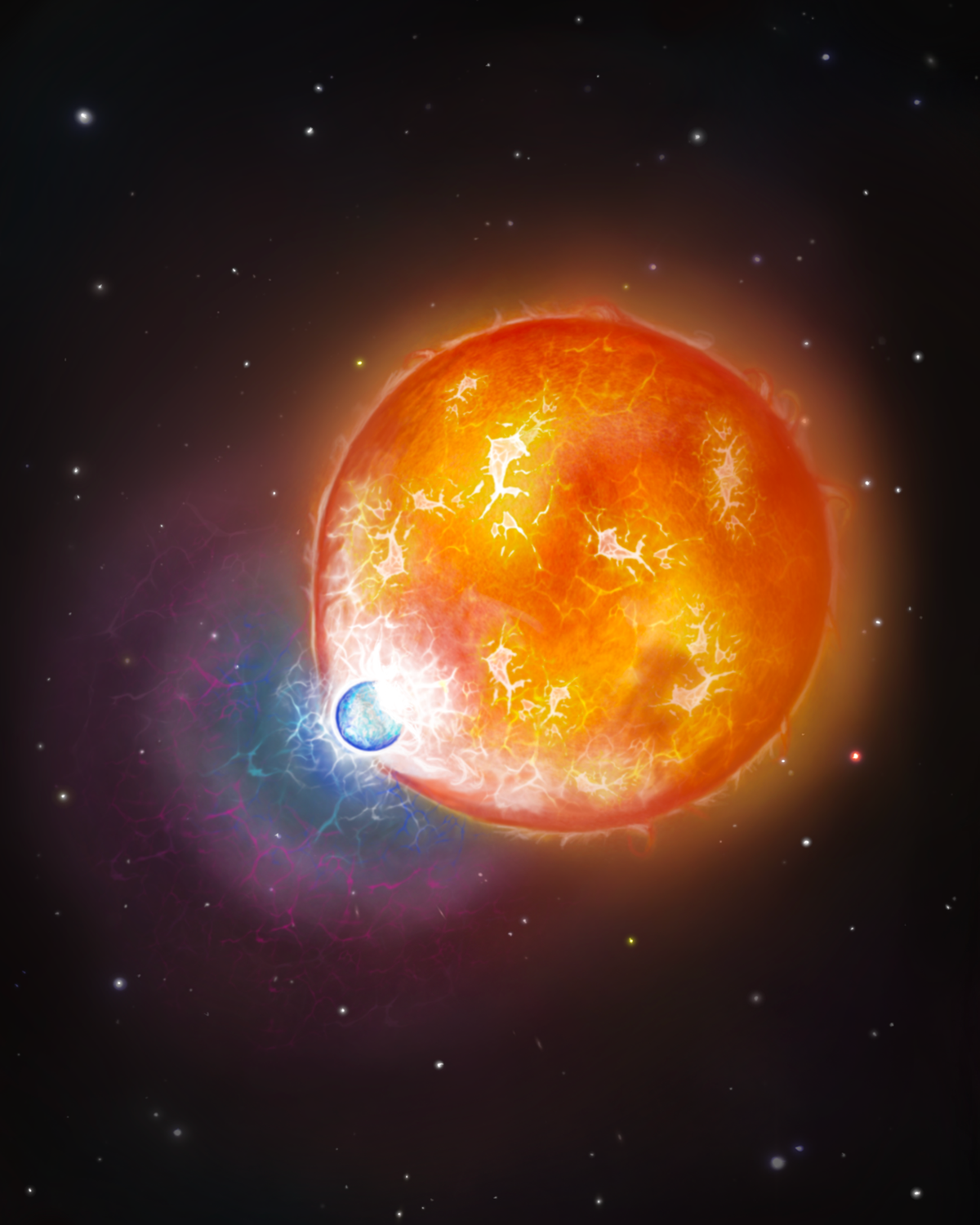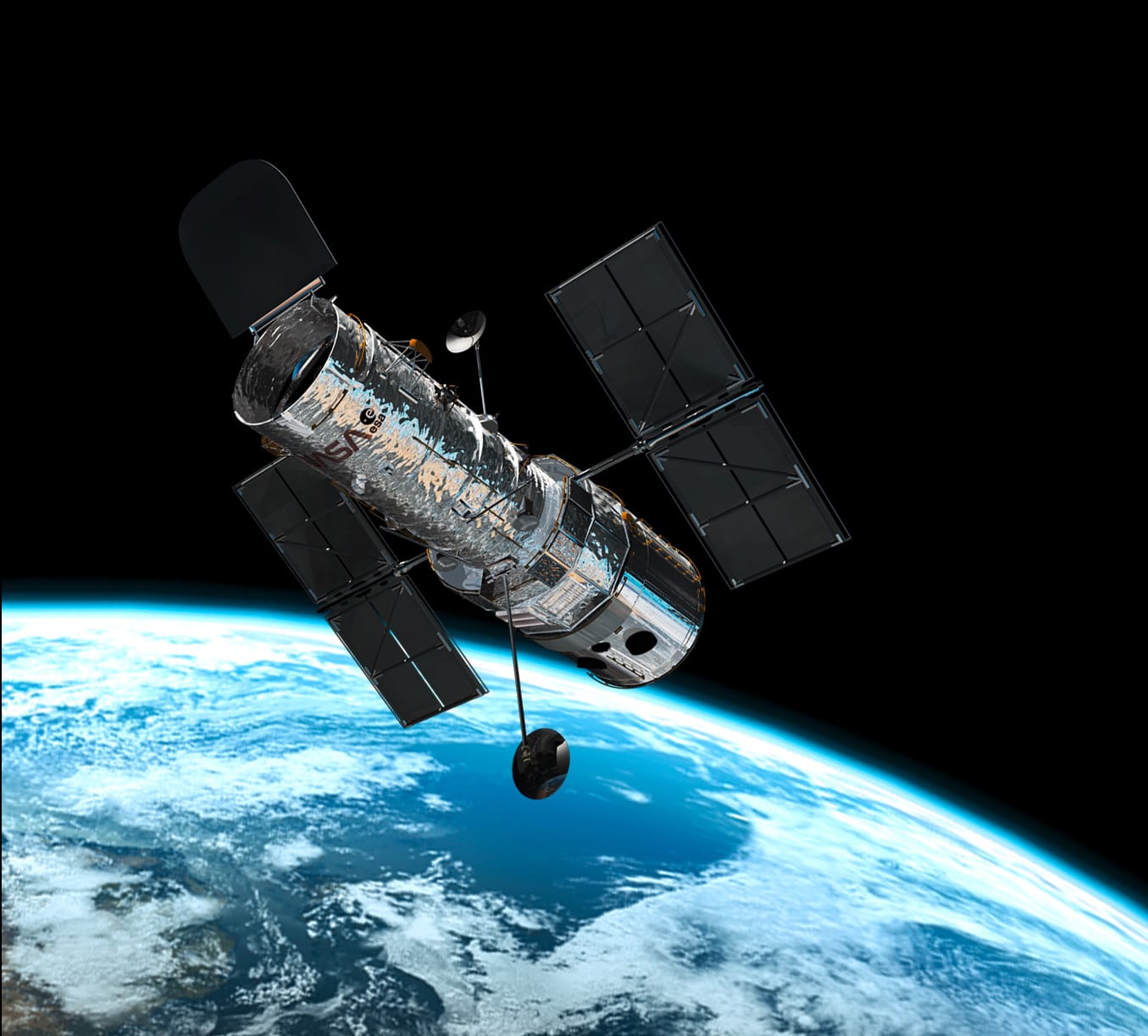Ultraviolet Light Reveals the Aftermath of Rare Star Collision

By Science Correspondent
Astronomers at the University of Warwick have made a rare discovery: a nearby white dwarf star is likely the result of two stars merging into one — a cosmic event uncovered using the Hubble Space Telescope.
The white dwarf, known as WD 0525+526, sits about 130 light-years away and is unusually heavy — 20% more massive than our Sun.
White dwarfs are the hot, dense remnants left behind after a star burns out. Most are fairly average in mass, but ultra-massive ones like this are rare and not fully understood.
Using ultraviolet observations from Hubble, scientists detected small traces of carbon in the star’s outer atmosphere. That carbon shouldn’t be there — unless something unusual had happened.
“In visible light, this star looks ordinary,” explained Dr Snehalata Sahu, the study’s lead author. “But ultraviolet data from Hubble showed faint carbon signatures that tell us this star is likely the result of two stars crashing together.”
Normally, carbon inside a white dwarf is hidden under thick layers of hydrogen and helium. But when two stars merge, those outer layers can burn away, exposing what's underneath. That’s exactly what seems to have happened with WD 0525+526.
The team also found that this star’s hydrogen and helium layers are ten billion times thinner than in typical white dwarfs — further proof of a violent merger.
Despite being the product of such an event, WD 0525+526 contains much less carbon on its surface than similar stars.
This, along with its extremely high temperature — nearly four times hotter than the Sun — suggests it's still in the early stages after the merger.
Even more interesting: the carbon is rising to the surface through a process called semi-convection — never seen before in a white dwarf. This slow mixing lets small amounts of carbon seep through the thin outer layers.
“This gives us a unique look at what happens right after two stars collide,” said co-author Dr Antoine Bédard. “It helps us better understand how binary star systems end — and how some might lead to supernova explosions.”
Professor Boris Gänsicke, who helped collect the Hubble data, added that discoveries like this are only possible using ultraviolet observations from space — something only Hubble can currently do.

“Hubble is still going strong at 35 years old,” he said. “But this shows why we need to start planning for a next-generation space telescope to carry on this kind of research.”
As WD 0525+526 continues to cool over time, astronomers expect even more carbon to appear on its surface.
For now, it's giving scientists an incredibly rare glimpse into the aftermath of a stellar collision — and what could be a new class of white dwarf.
The research was published in Nature Astronomy.
If you have a positive story or uplifting news to share, we’d love to hear from you!
Just email us at news@goodnewspost.co.uk.
Whether it's a local hero, an act of kindness, or a personal win, your story could help spread joy and improve someone’s mental health. Let’s make the world a little brighter, one good news story at a time





